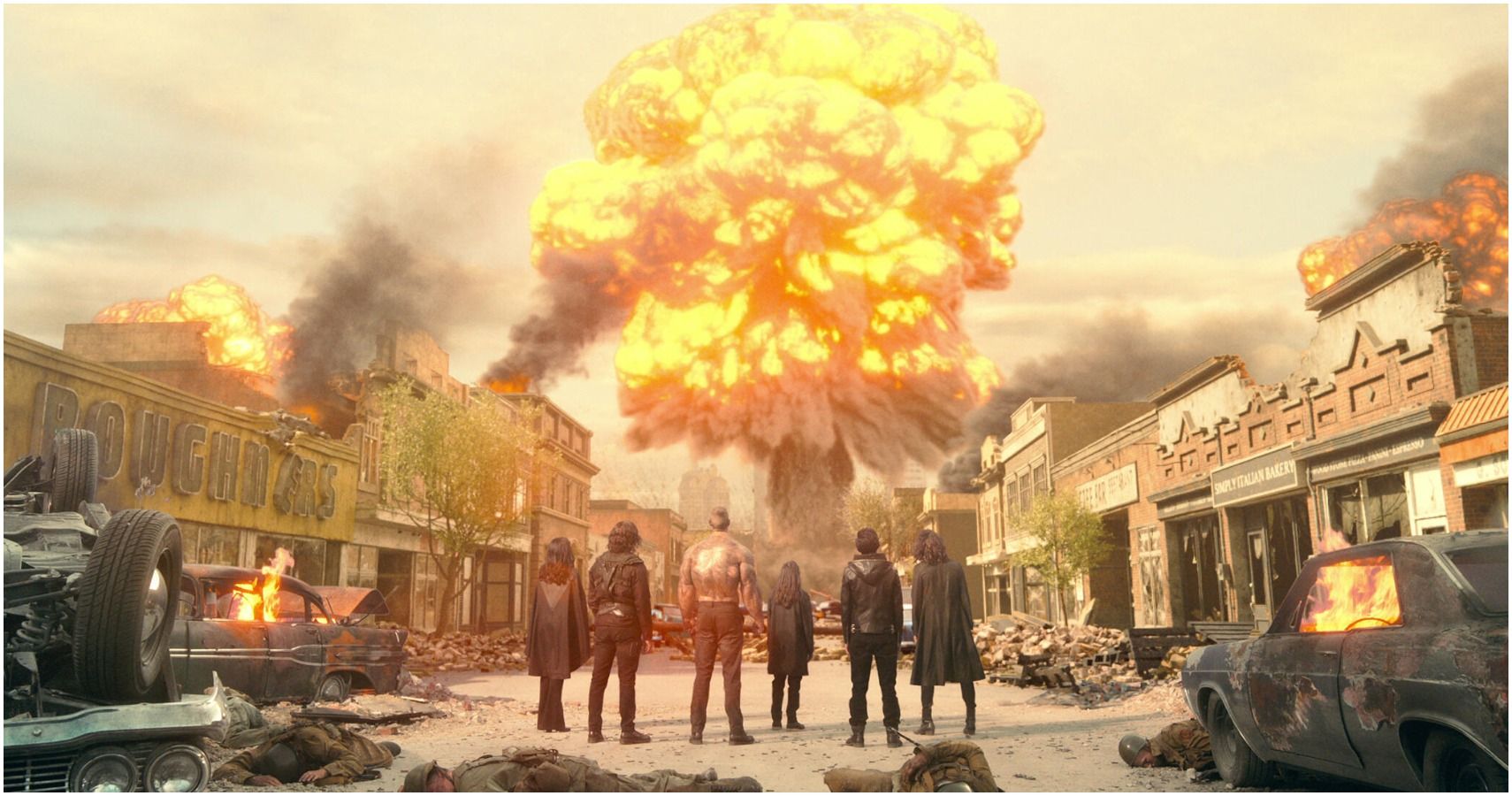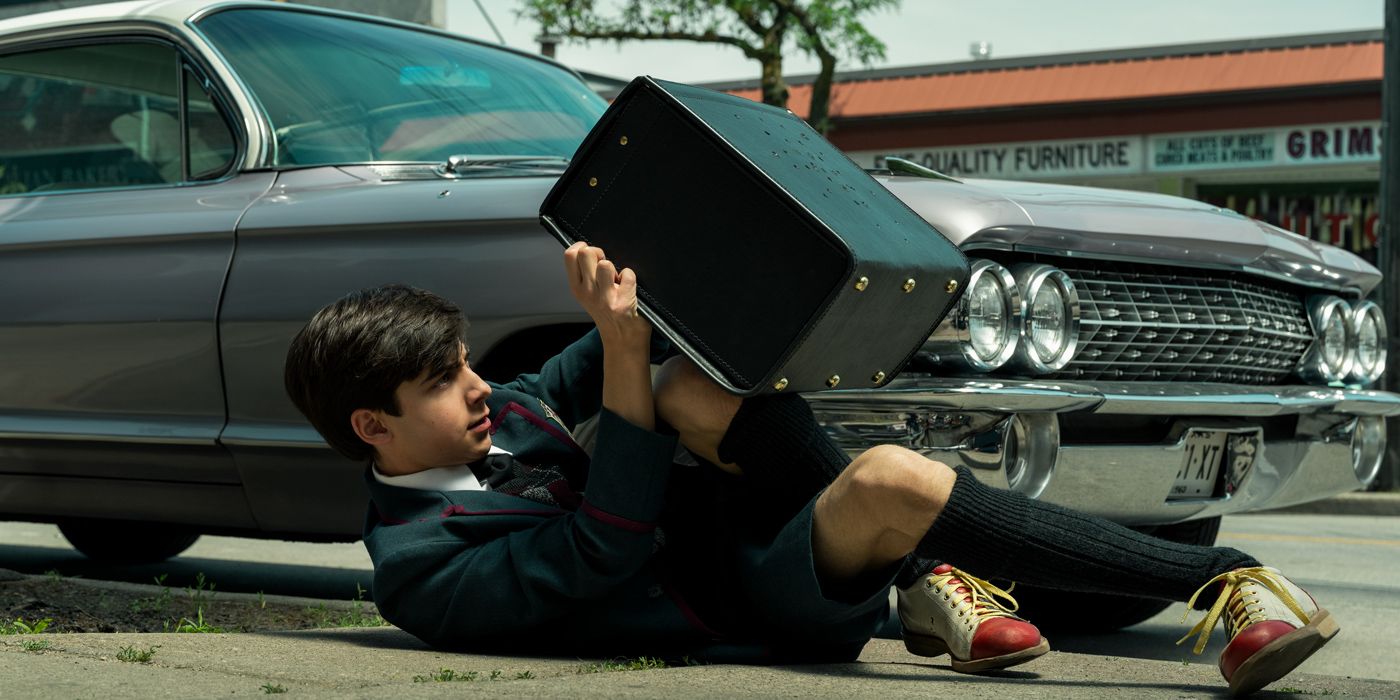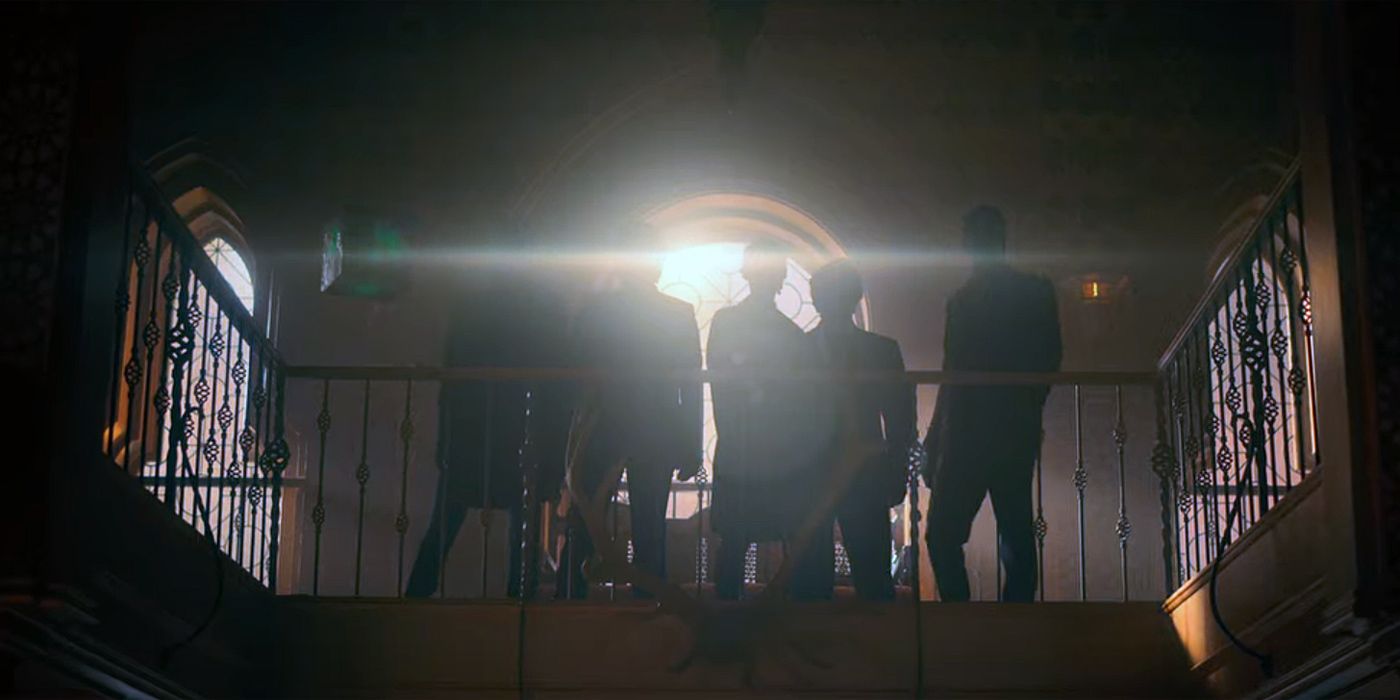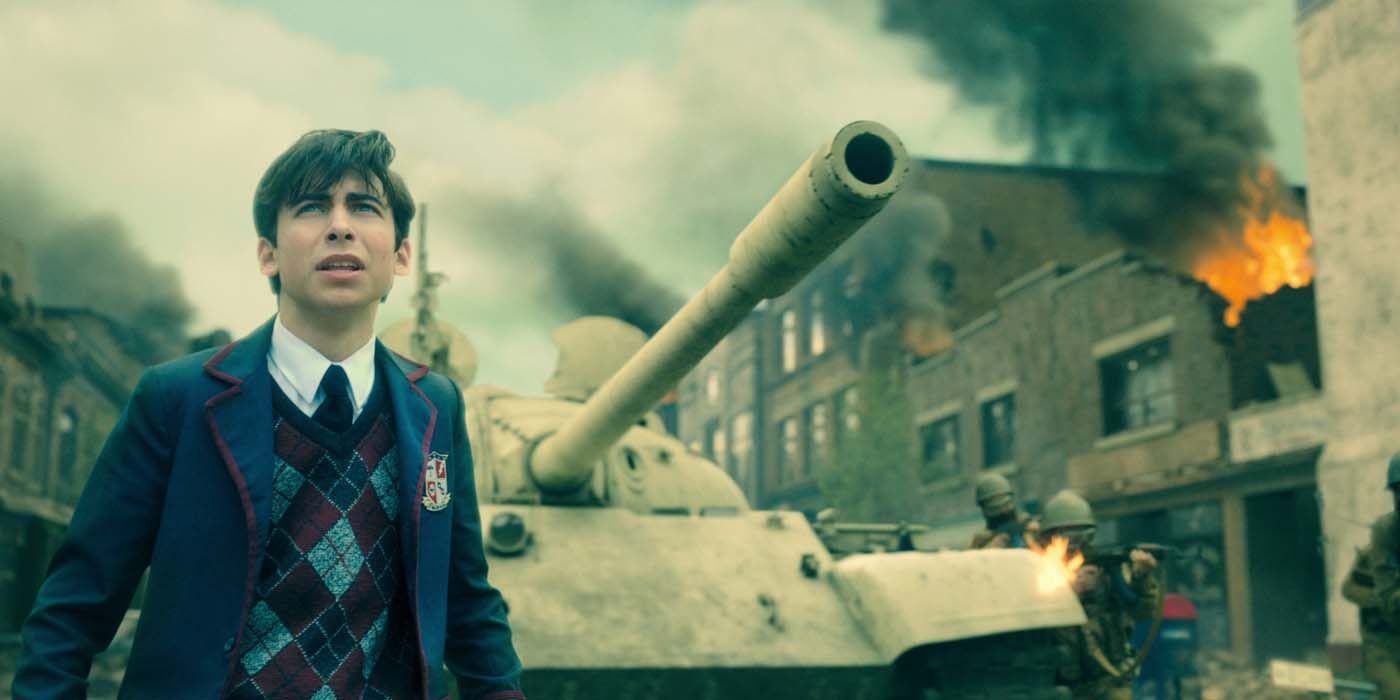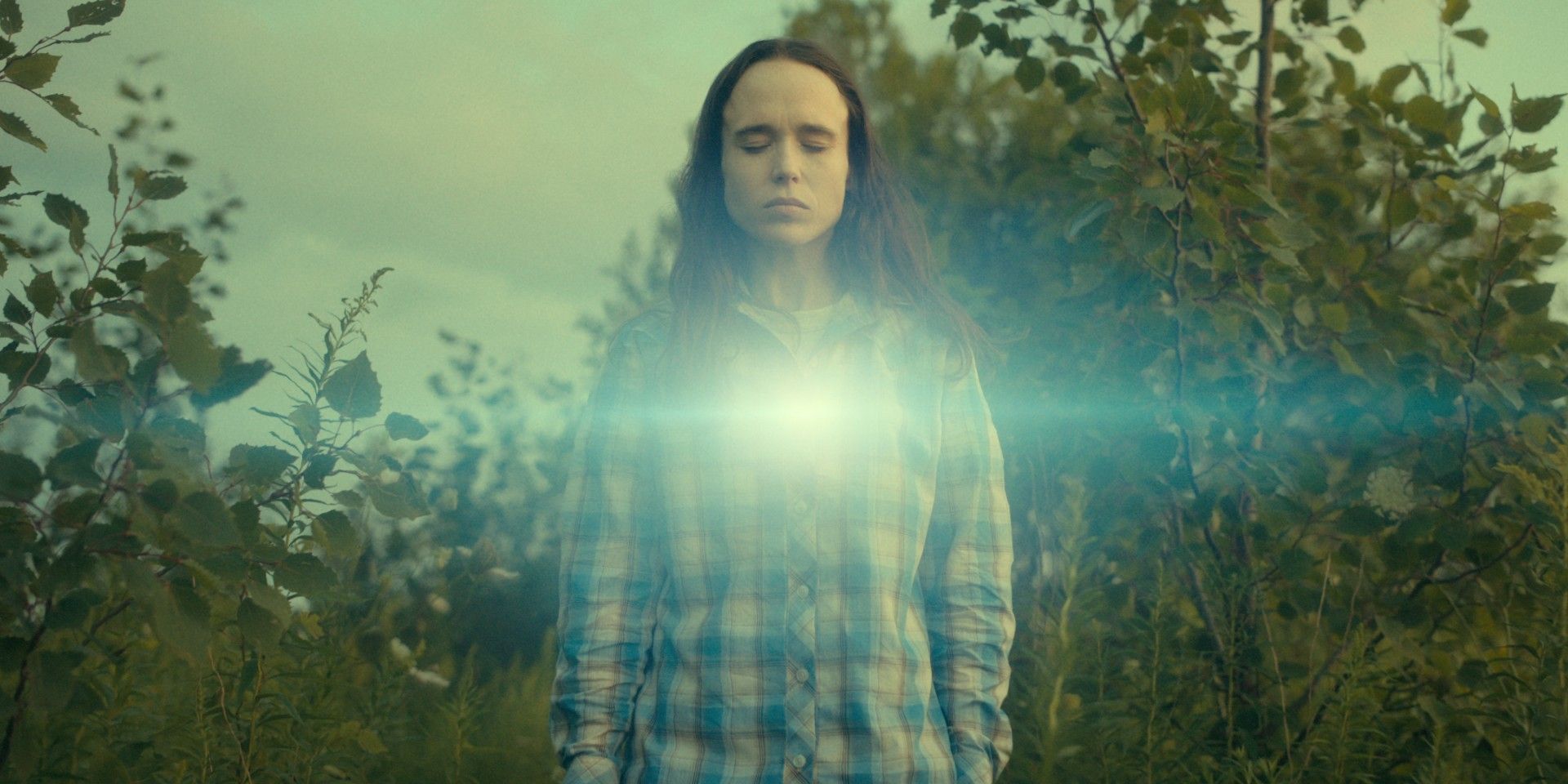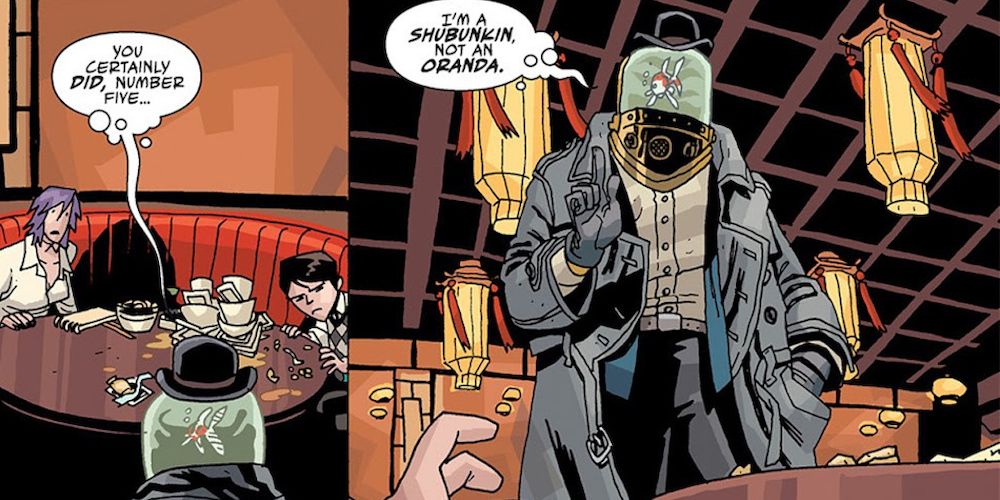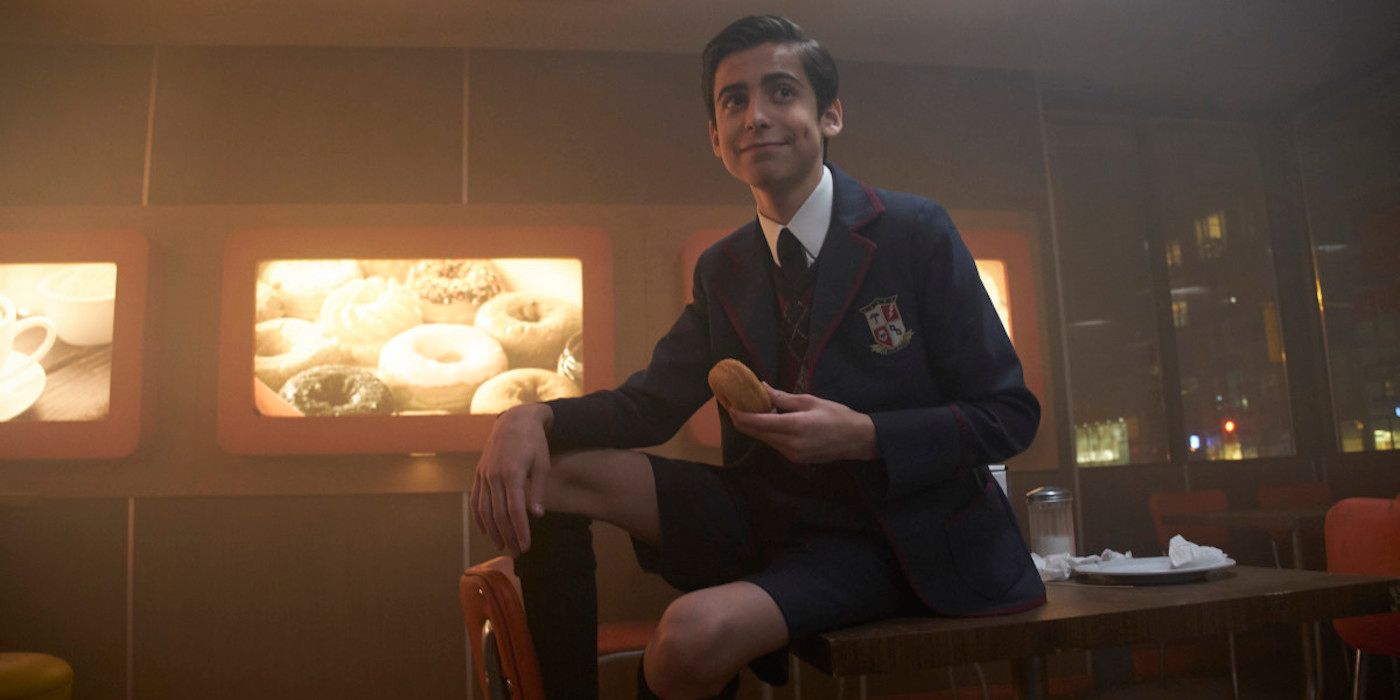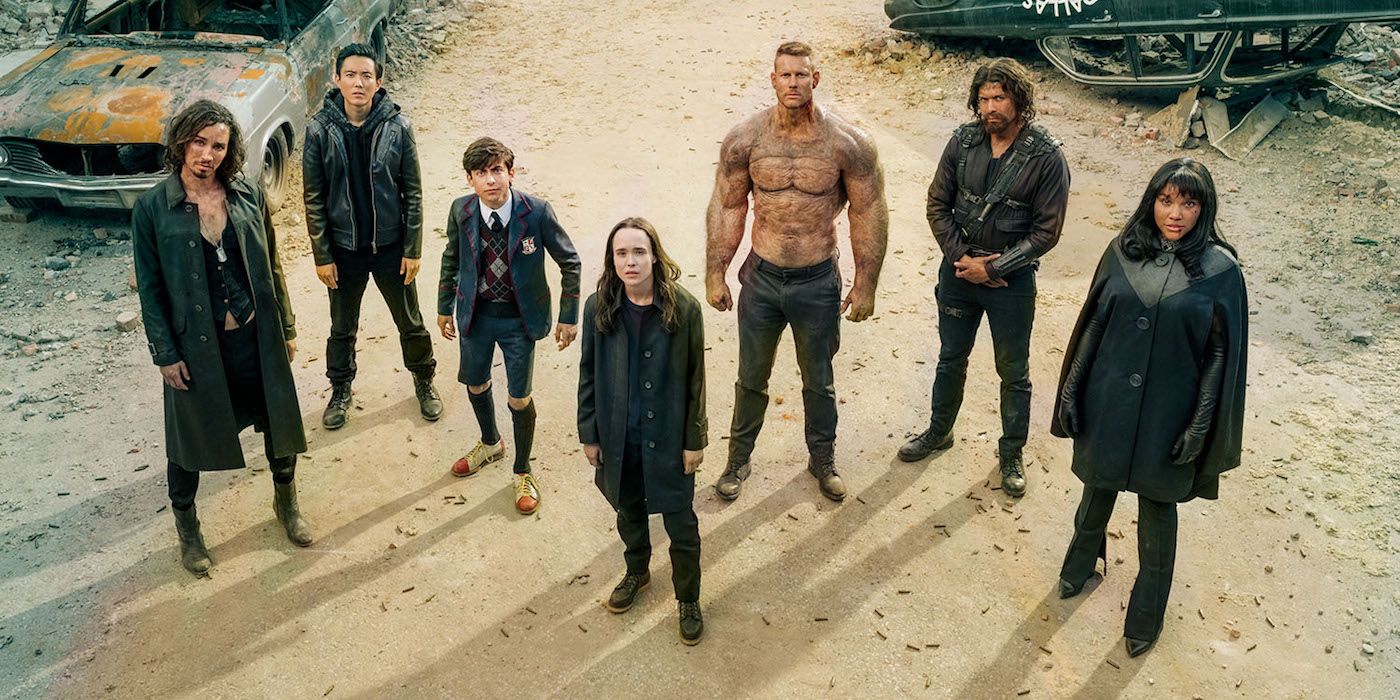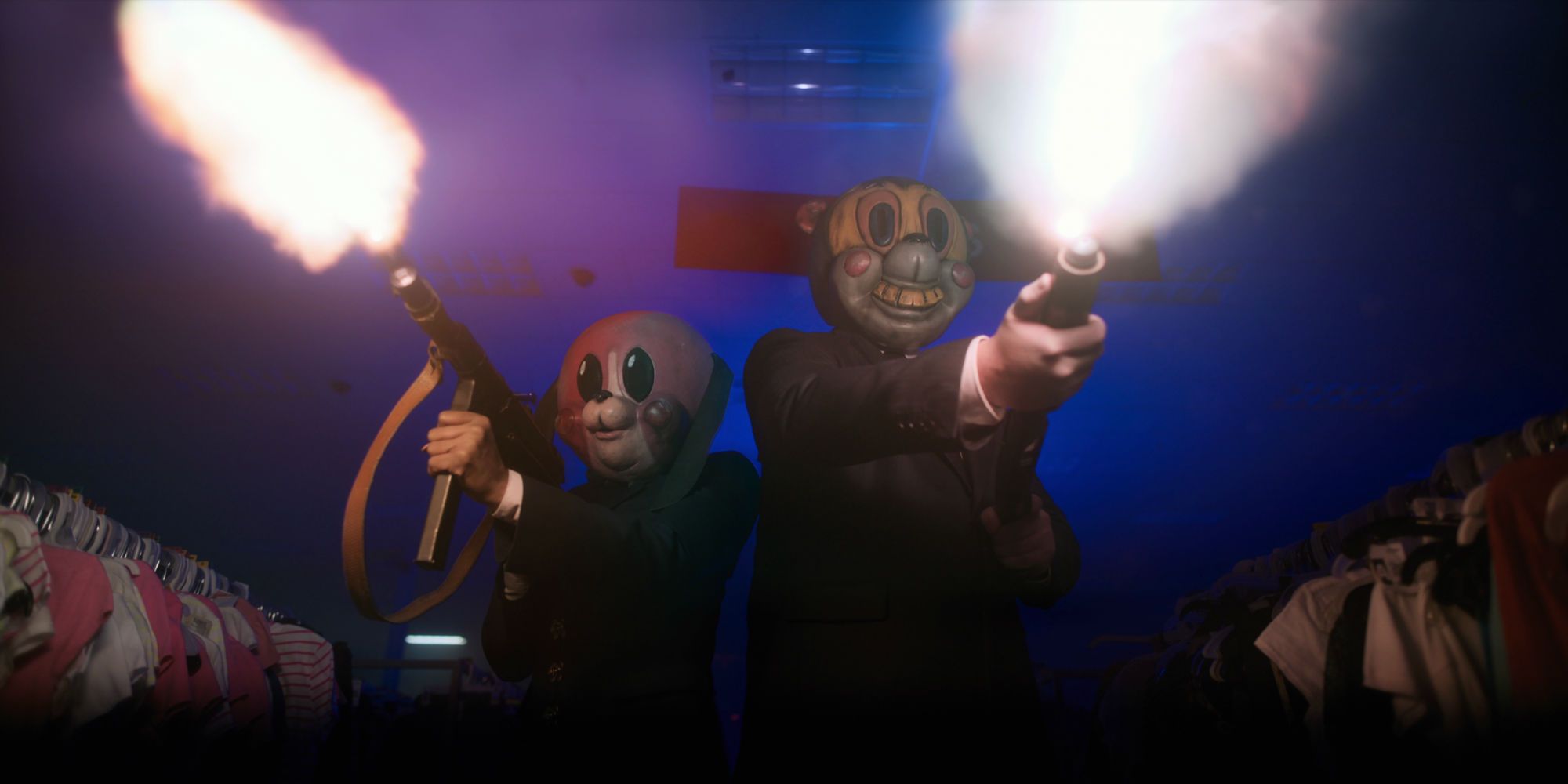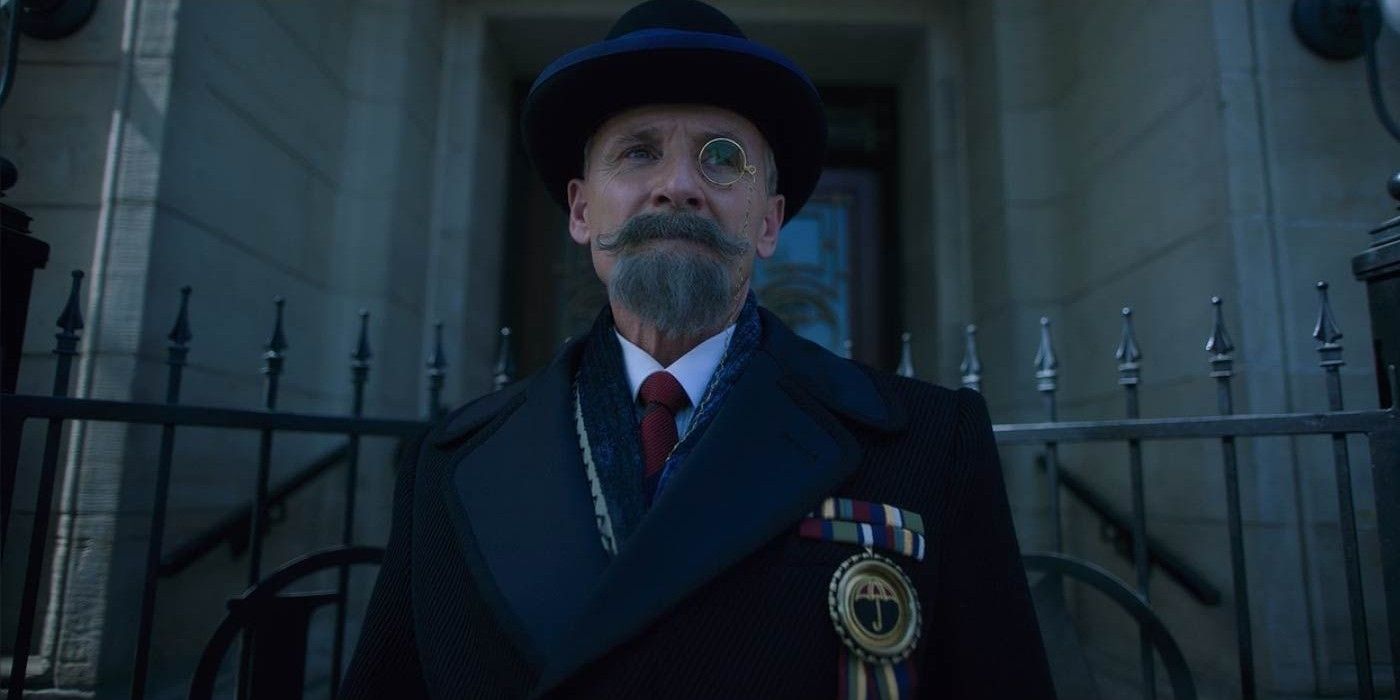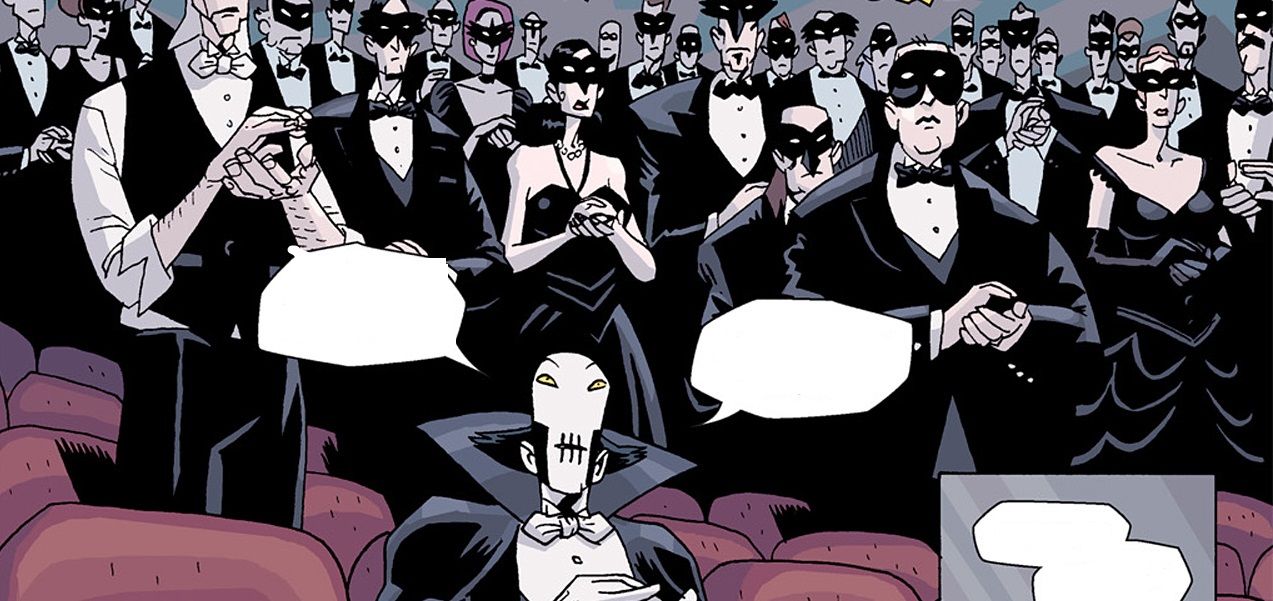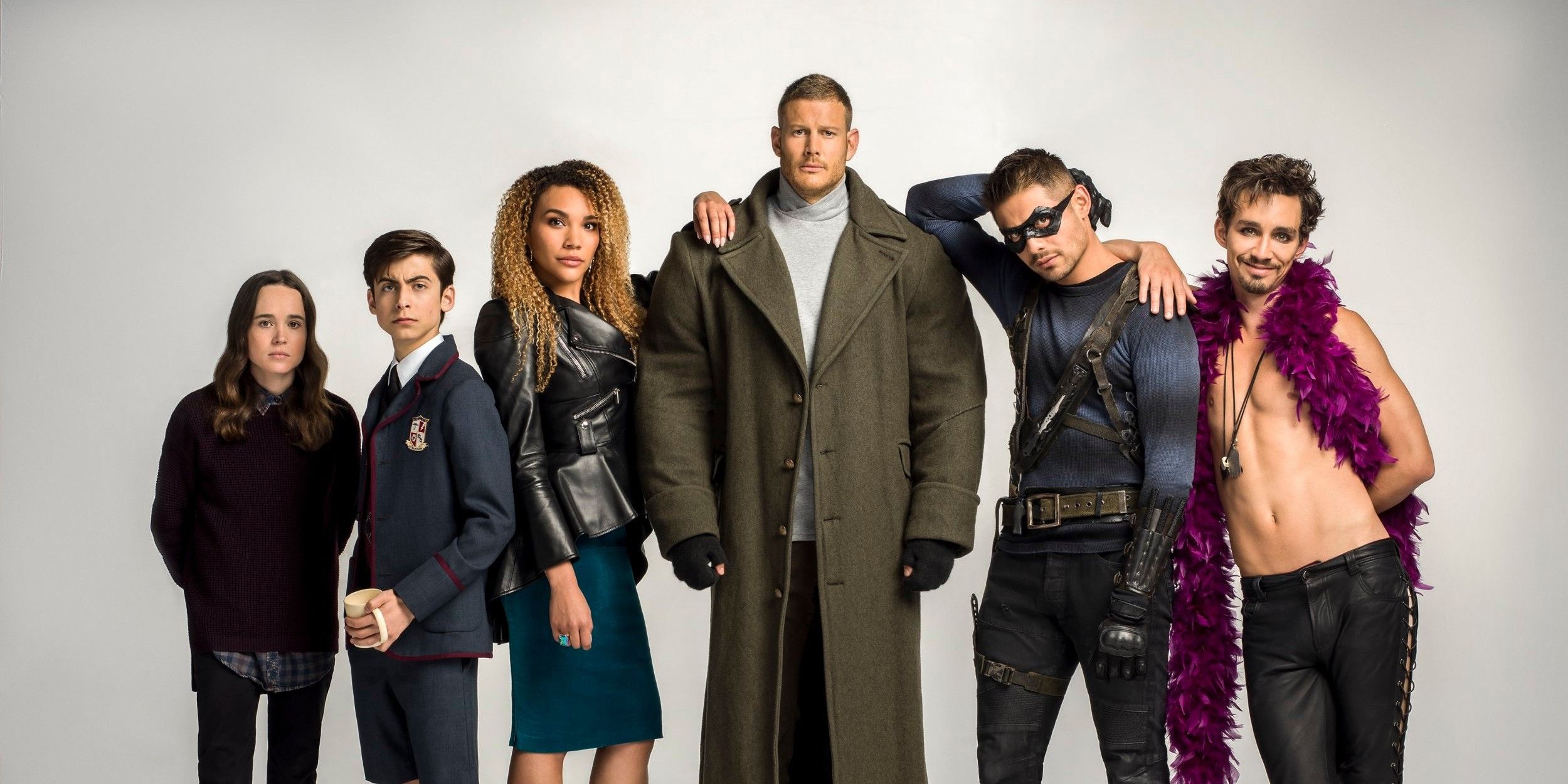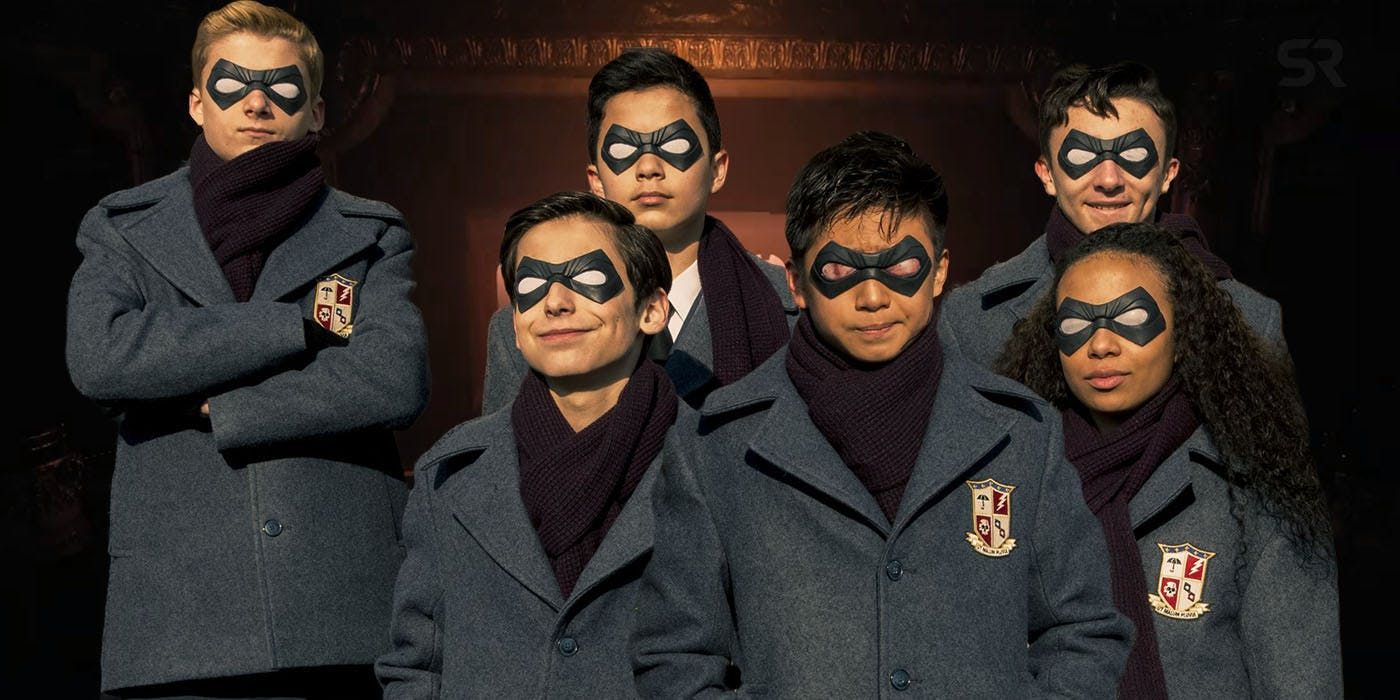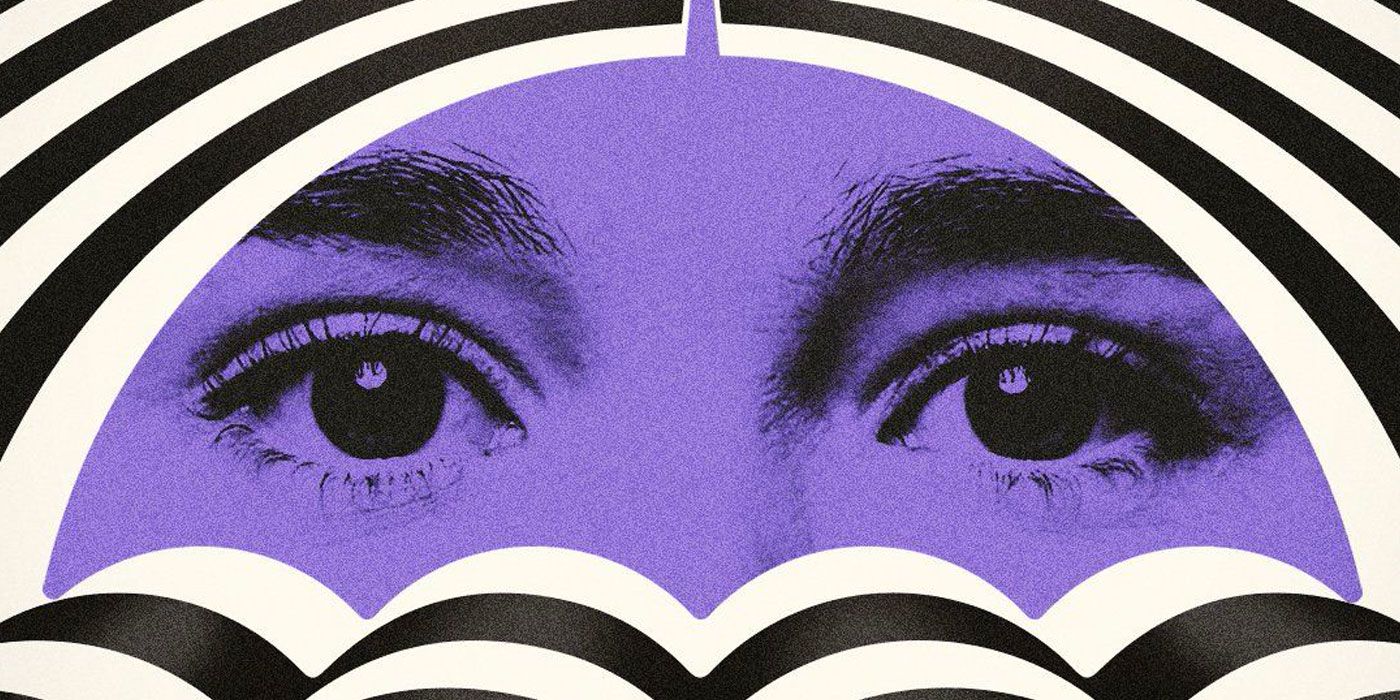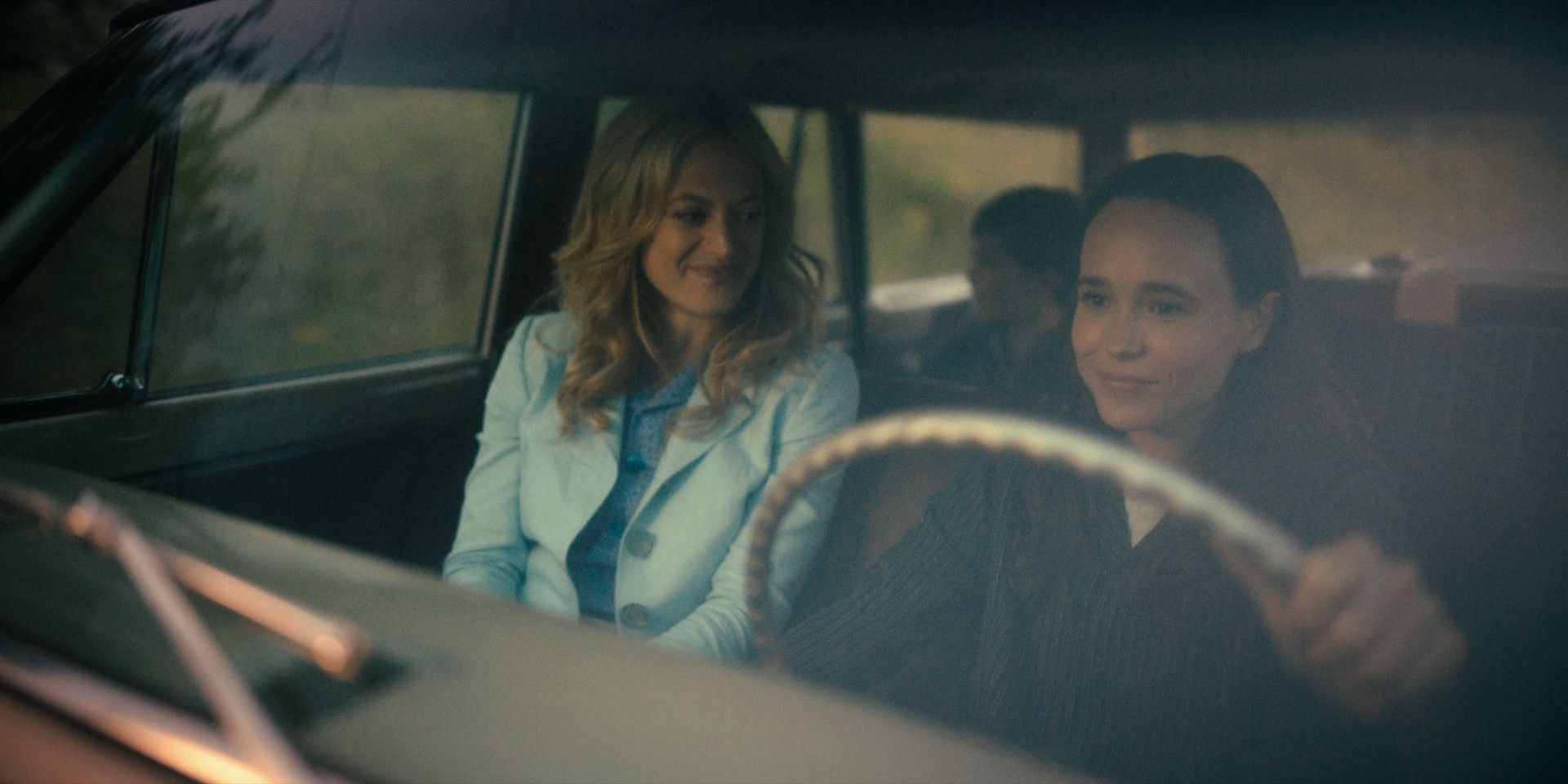Umbrella Academy is the latest of Netflix's comic book adaptations. Based on the comic book by Gerard Way and Gabriel Bá, Umbrella Academy follows the trials and tribulations of seven former child superheroes, and how they're coping with adulthood (and the impending apocalypse). As with any adaptation, the show saw a lot of changes in its transition from the page to screen.
Umbrella Academy, in particular, went through some pretty heavy changes from its source material in the first two volumes of the comic, Apocalypse Suite and Dallas. Some things remained faithful, a lot of things did not. As with all lists concerning hot properties, be aware of SPOILERS for both the show and the comic.
Updated August 6th, 2020 by Darby Harn: Now that the second season Umbrella Academy has reached its startling conclusion, fans have even more ways to compare and contrast the Netflix series from its comic book source material. While the second season still leans pretty heavily on the Dallas story arc from the comics, the show makes some changes in adapting the material. Here are a few more ways the show differed from the comic and ways it stayed the same.
15 Changed: Killing Kennedy
The crux of the Dallas arc in the comics and the second season is the Umbrella Academy going back in time to 1963 to try and save President Kennedy and the world from destruction. The show diverges pretty dramatically from the comics in the outcome. In the comics, the Kennedy assassination is orchestrated by a group called the Majestic 12. In the show, The Commission blackmails Allison and Five into doing it, which they actually accomplish.
14 Stayed The Same: The Sparrow Academy
This one is a little wobbly because the show only gives a tease at the end of the second season. Nevertheless, there's enough circumstantial evidence to suggest the evil Sparrow Academy will at least be similar to the comic book counterparts in some measure. The Sparrow Academy appears to come into existence as a result of the changed timeline (in the comics, they existed before), but there seem to be seven of them, as in the comics, each with their own designated number.
13 Changed: The Apocalypse
The goal of the Umbrella Academy is to avert disaster, but they actually end up creating one. In the comic books, nuclear disaster is averted in 1963 when Klaus, with the help of a very technically proficient ghost, deactivates the nuclear missiles. In the show, Armageddon actually comes thanks to Vanya's destruction of the Dallas Federal Building. This incident snowballs into all-out war between the United States and Russia and everything ends on 11/25/63.
12 Stayed The Same: Vanya's Injury
Vanya doesn't roast the world in the comics, but the show does keep her serious injuries in the Dallas arc. At the end of the first season, Vanya is paralyzed and suffering from amnesia. This ports over from the comics pretty much intact. Vanya's amnesia leads to some surprising developments for the character (more on that in a moment) but the biggest thing this holdover from the comics allows is the opportunity for change in how the end of the season actually plays out.
11 Changed: The Weirdness
The comic version of Umbrella Academy is a whole lot weirder than the show. Just to start out, the comic opens on a wrestler elbow-dropping an alien, while the show opens on a Russian swimming lesson. The different weirdness levels only spiral out from there.
Instead of fighting an animated Eiffel Tower for their first mission, the Umbrella Academy stops a bank robbery. Alternatively to Luther getting a full-on monkey body, he gets a (fairly goofy) hairy muscle suit. Instead of Five's boss being an ordinary-looking woman, it's a fish in a robot suit. The sheer weirdness of the comic may have been difficult to adapt, but the show loses a lot by removing it.
10 Stayed The Same: Five
Out of the many changes to be found, Five's core plot surprisingly remains mostly unchanged. As in the comic, he travels too far into the future and sees the results of the apocalypse. After being stuck for almost 30 years, he's recruited to protect the timeline. He goes AWOL after refusing to assassinate JFK, and returns to the present in the body of a kid to prevent the apocalypse.
Five's character and story are pretty central to the comic's story, so it makes sense that he makes it into the show largely unchanged. It's fleshed out more, and much of his story is pulled from the Dallas storyline, but the core remains the same.
9 Changed: Allison
In the comic, Allison is much more free with her power, using it for all sorts of minor things. In the show, it's implied rather than outright shown that Allison has been irresponsible with her power in the past, but possibly not to the degree in the comic.
Further, Allison's power is shown to be much more powerful in the comic, to the degree of altering reality to fit her rumors, rather than it acting as simple mind control as seen in the show. Further, in the comic, she uses her power to get Luther to love her, rather than their relationship developing more naturally in the show.
8 Stayed The Same: Plot
Altogether, the series is a very loose adaptation of the comic. But the major plot beats remain the same. Five still comes back from the future to prevent the apocalypse. He still works for a timeline protecting agency. He still goes AWOL at the Kennedy assassination. The agency still sounds out hitmen to track him down and stop him, abducting and torturing Klaus in the process.
Vanya still feels abandoned by her family and is corrupted by a maniac to use her powers to cause the apocalypse through her violin. She still murders her manipulator before the final act.
7 Changed: Hazel and Cha-Cha
One of the biggest changes made to ground the series more than the comic was the alterations made to Hazel and Cha-Cha, two agents working for the Commission to track down Five after he escapes. In the comic, they're completely insane, and even more brutal than their show counterparts.
In the show, Hazel is given a real character arc, and their violence (and insanity) are greatly toned down. Cha-Cha is also given some semblance of a real character, although not as much as Hazel. They are also less childish and aren't (directly) responsible for a second apocalypse like in the comic.
6 Stayed The Same: Hargreeves
At the center of all the Umbrella Academy's problems is Reginald Hargreeves. He adopted them after their mysterious births, forced them to be superheroes, and was generally unloving, uncaring, and a bad father. While he's never physically abusive (that we see), he's certainly emotionally abusive and highly manipulative.
There are a few slight changes from the comic to the show, like Hargreeves explicitly being an alien (changed to a more mysterious implication of his true science fiction origin), but he remains an emotionally abusive father who indirectly causes the apocalypse by quashing Vanya's abilities and lying to her for decades.
5 Changed: The Villain
One of the biggest changes, if not the biggest, is the identity of the architect of Vanya's breakdown and the subsequent apocalypse. Gone are the Orchestra Verdammten and their fiendish conductor. In their place, we find Leonard Peabody, a seemingly unassuming woodworker who seduces and corrupts Vanya in his plan to take revenge on the Umbrella Academy, who he believes snubbed him.
While the Orchestra's conductor and Leonard ultimately meet the same fate, their methods, character, and overall goals couldn't be further divorced. The Orchestra seeks to end the world just because, and the conductor is a classic comic book supervillain. Leonard is a psychopath who wants to use Vanya's power to destroy her family and wreak as much havoc as possible.
4 Stayed The Same: General Character Arcs
Despite so much being radically changed for the adaptation, the characters are all recognizable and follow the same general arc (mostly). Luther is still the last one to remain at the Academy and still strives to be a superhero. Diego still left the Academy and became a hard-edged anti-hero. Allison still has a daughter and is still in love with Luther.
Klaus is still a fairly zany and drugged out ghost talker, and still gets captured and tortured by Cha-Cha and Hazel, eventually dying and meeting God. We've already covered Five, but he's still a kid acting way older than he should. Vanya still feels excluded by her family and ends up causing the apocalypse.
3 Changed: The Ending
The ending is perhaps the absolute biggest change from the comic. In the comic, Vanya is shot in the head instead of just deafened, and Klaus, also a telekinetic in the comic, stops a giant chunk of the moon from impacting the Earth. While she caused great destruction, life generally goes on for the Umbrella Academy.
The show's ending, on the other hand, sees the moon chunk impacting in the ocean, and actually causing the apocalypse Five saw the aftermath of. We see most of the cast consumed in a wave of fire, while the Umbrella Academy escapes with Five into the past, to try and save the world once again.
2 Stayed The Same: Still The Umbrella Academy
For all the massive changes, it still feels like The Umbrella Academy to some degree. Rather than a bombastic cavalcade of weird, the strangeness runs more below the surface, waiting to boil over and shake things up. It's still a story about former child superheroes trying to handle their adulthood after a troublesome childhood.
With luck, the show will embrace the weirdness of the comic more fully moving forward, and give us the downright absurdity that made the comic a modern classic. As a show, it does well. As an Umbrella Academy adaptation, it has room to grow. But the foundation is all there, just waiting to be built upon.
1 Changed: Vanya And Sissy
In the show, Vanya's amnesia results from being hit by a car. A young housewife named Sissy drives that car, and in true meet-cute fashion, the two begin a secret, passionate love affair.
Vanya's relationship with Sissy and the exploration of LGTBQ+ themes against the backdrop of the early 1960s is one of the most dramatic changes the show makes. It serves both Vanya's character and the show to acknowledge that things were very different for people then (something the show also does incredibly well with Allison).

